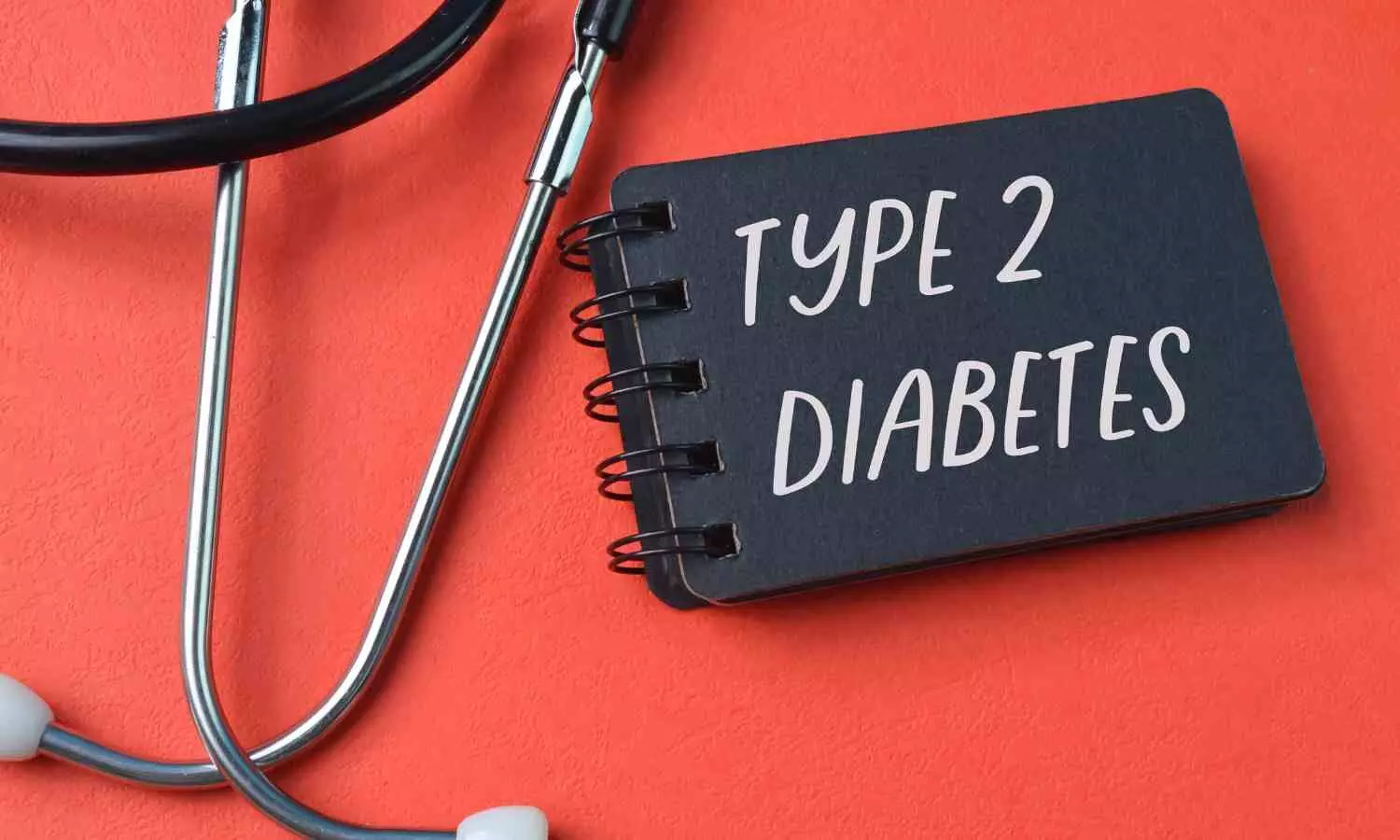Young adults suffering from Prediabetes and hepatic steatosis at Increased risk of Major Adverse Cardiovascular Events: Study

A recent study
found that the risk of cardiometabolic outcomes increased in young adults
suffering from Prediabetes and hepatic steatosis as per the results that were
published in the journal Cardiovascular Diabetology.
Prediabetes is a
stage before the development of diabetes that shows increased glucose levels
due to disturbances in carbohydrate metabolism. It is one of the risk factors
for diabetes and cardiovascular diseases (CVD). Recent data has shown that the
levels of diabetes and hepatic steatosis have increased in young adults
globally. This is putting at a risk of various CVDs. It is necessary to
identify the high-risk individuals who are at risk of developing CVDs due to diabetes
and hepatic steatosis. As there is ambiguity in the association between hepatic
steatosis, incident DM, and major adverse cardiovascular events (MACE) in young
adults with prediabetes, a study was conducted to determine the impact of
prediabetes and/or hepatic steatosis on the risk of incident diabetes and
MACE in the young cohort.
A nationwide
cohort study was carried out on 896,585 young adults under 40 years old without
diabetes or previous history of cardiovascular disease. A fatty liver index of
≥ 60 was used to identify individuals with hepatic steatosis. The primary outcomes
of this study were incident diabetes (DM) and composite major adverse
cardiovascular events (MACE), including myocardial infarction, stroke, or
cardiovascular death.
Findings:
- During a median follow-up of 11.8 years, 27,437
(3.1%) incident DM cases and 6,584 (0.7%) MACE cases were recorded. - After adjusting for covariates, the study found
a significantly higher risk of incident DM and composite MACE in Young adults
with prediabetes compared to individuals with normoglycemia. - the combination of prediabetes and hepatic
steatosis also posed the highest risk for incident DM and MACE based on the
Stratification of hepatic steatosis after adjusting for relevant covariates. - For incident DM, the HRs were 3.15 for
prediabetes without hepatic steatosis, 2.89 for normoglycemia with hepatic
steatosis, and 6.60 for prediabetes with hepatic steatosis. - For composite MACE, the HRs were 1.05 for
prediabetes without hepatic steatosis, 1.39 for normoglycemia with hepatic
steatosis, and 1.60 for prediabetes with hepatic steatosis.
Thus, the study
concluded that prediabetes was associated with an increased risk of incident DM
and composite MACE in young adults. Moreover, the coexistence of prediabetes
and hepatic steatosis was associated with an increased risk of incident DM and
composite MACE when compared to normoglycemic individuals. The researchers
suggested early screening for such conditions in young adults with prediabetes.
Targeted therapies with lifestyle interventions help provide positive outcomes.
Further reading: Choi
W, Park M, Park S, et al. Combined impact of prediabetes and hepatic steatosis
on cardiometabolic outcomes in young adults. Cardiovasc Diabetol.
2024;23(1):422. Published 2024 Nov 21. doi:10.1186/s12933-024-02516-4.





